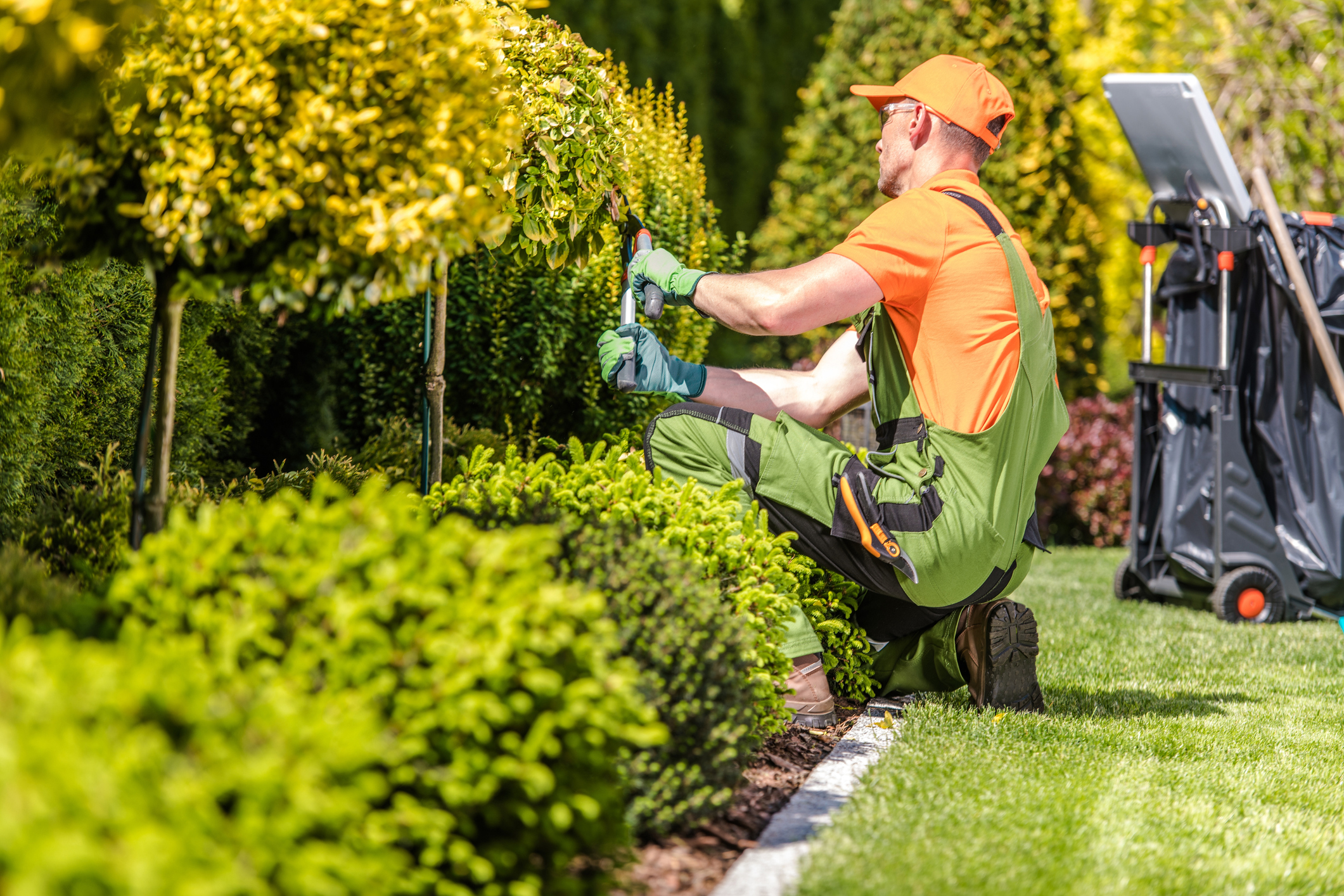If you started your own garden, we’re pretty sure these questions have already arisen: what can I plant in each season? What should I start with right now? Many people are discouraged because, with the initial enthusiasm, they plant everything they can think of or choose their favourite vegetables instead of the seasonal ones. Soon after, they see that some plants do not grow or wilt. Luckily, some crops do not need a specific time of year for you to plant and enjoy them. We tell you which varieties are the stars of the orchard and garden throughout the year. Enjoying the garden is a joy and more if you can cultivate throughout the year!

#1. Chard
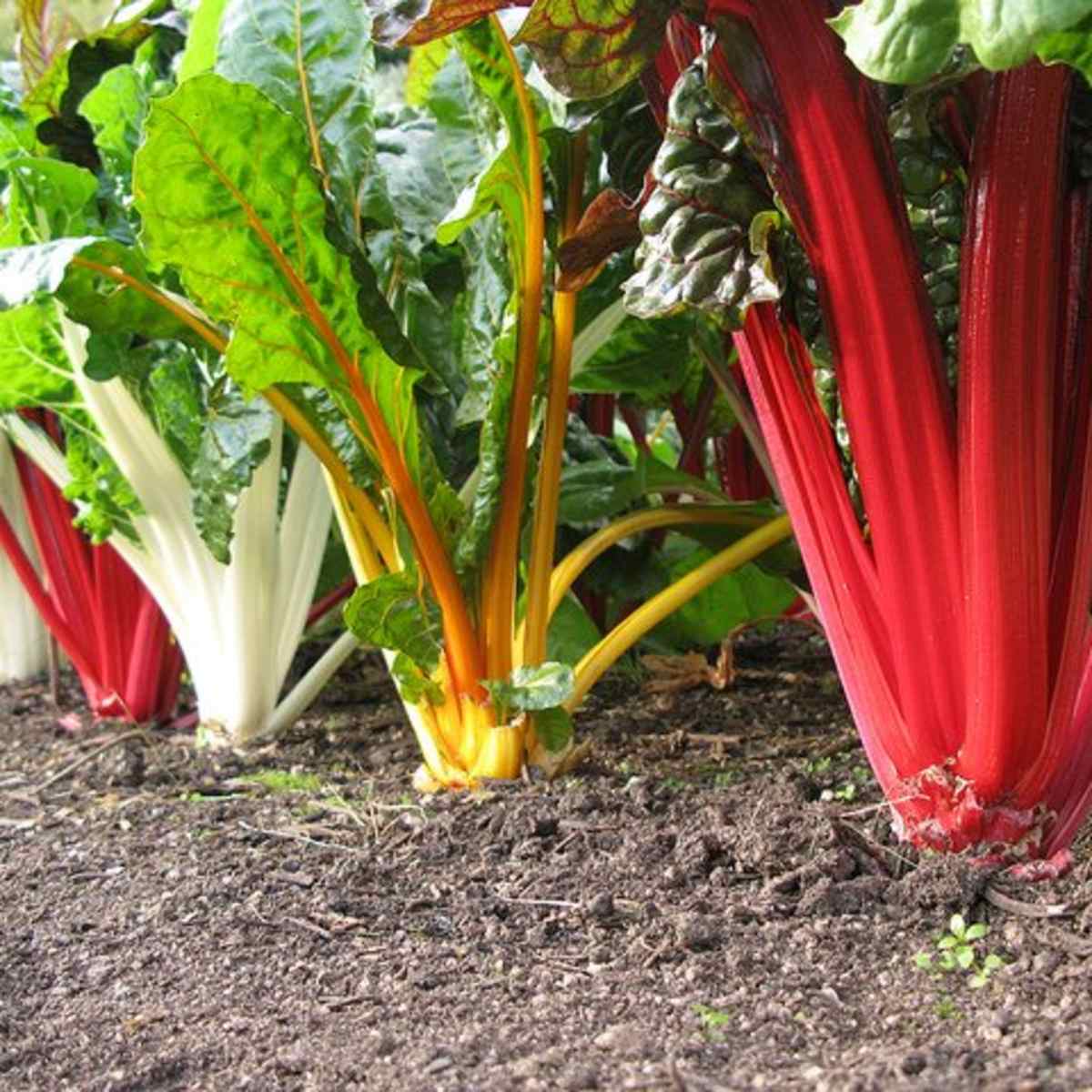
Swiss chard is a direct sowing crop. It will germinate in 10-12 days, and if you maintain the humidity of the substrate or the ground, you will be able to collect the first leaves of your chard around three and a half months from sowing. But if what you like is stalks, you will have to wait until they are six months old from sowing. Being a year-round crop, you can plant six chard every three weeks; for example, you will only have the first six months of waiting, then you will have six chard ready to harvest every three weeks.
#2. Lettuces
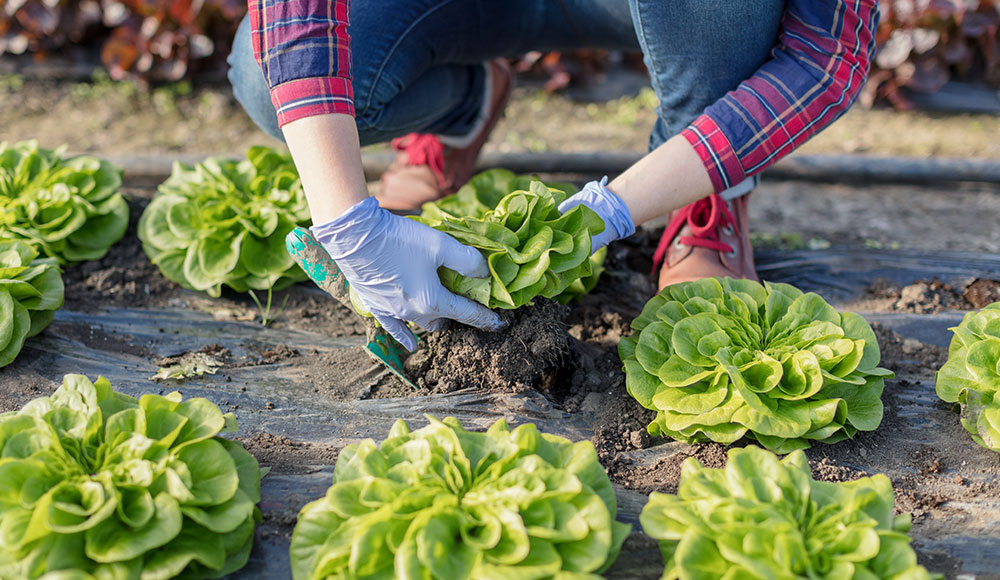
Lettuce is a leaf crop like chard or spinach, so you can make staggering harvesting of its leaves (from 2 months after planting) or wait until it is fully formed to collect the whole lettuce (between 3 and 4 months, depending on the variety). It is preferable to do this cultivation in a nursery if the weather is good or in a heated greenhouse if temperatures have already dropped below 15ºC. The transplant can be done when it is about 8cm tall or 4-5 leaves.
#3. Spinach
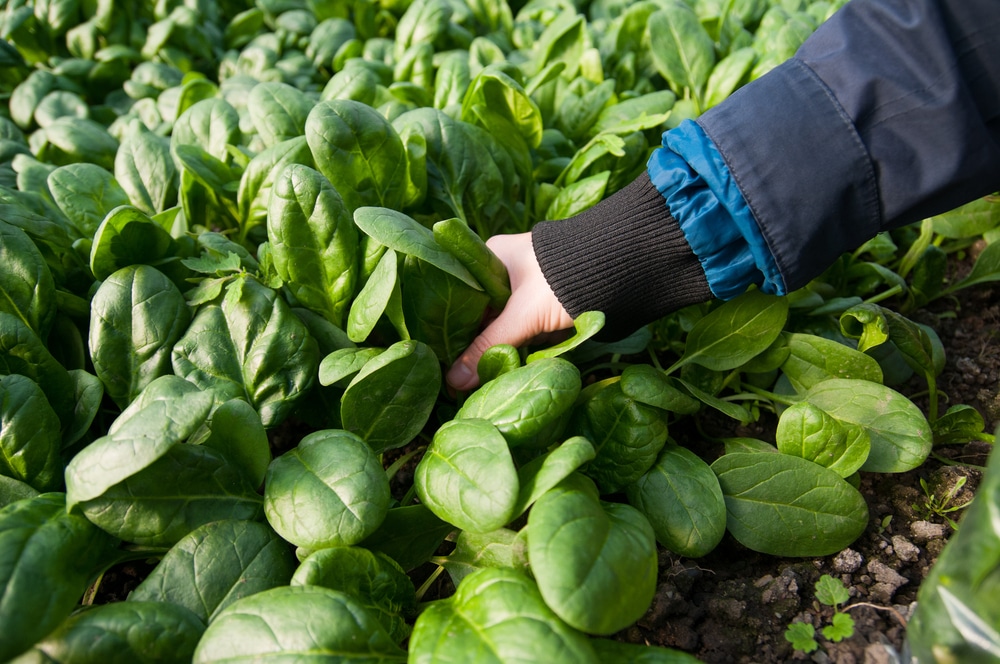
You can sow spinach directly on the ground and make a staggering collection of its leaves from 2 months after sowing. If you don’t want to take too much care of your spinach, always plant more than necessary since snails love spinach, and you will see more than one leaf with nibbles of these.
#4. Rabanitos

The fastest-growing! Sow the seeds directly on the ground, and in just 3 – 4 weeks, you will be able to enjoy delicious radishes in your salads. Keep this in mind because if they spend a lot of time on the ground, they will crack and will no longer have a delightful flavour.
#5. Carrots
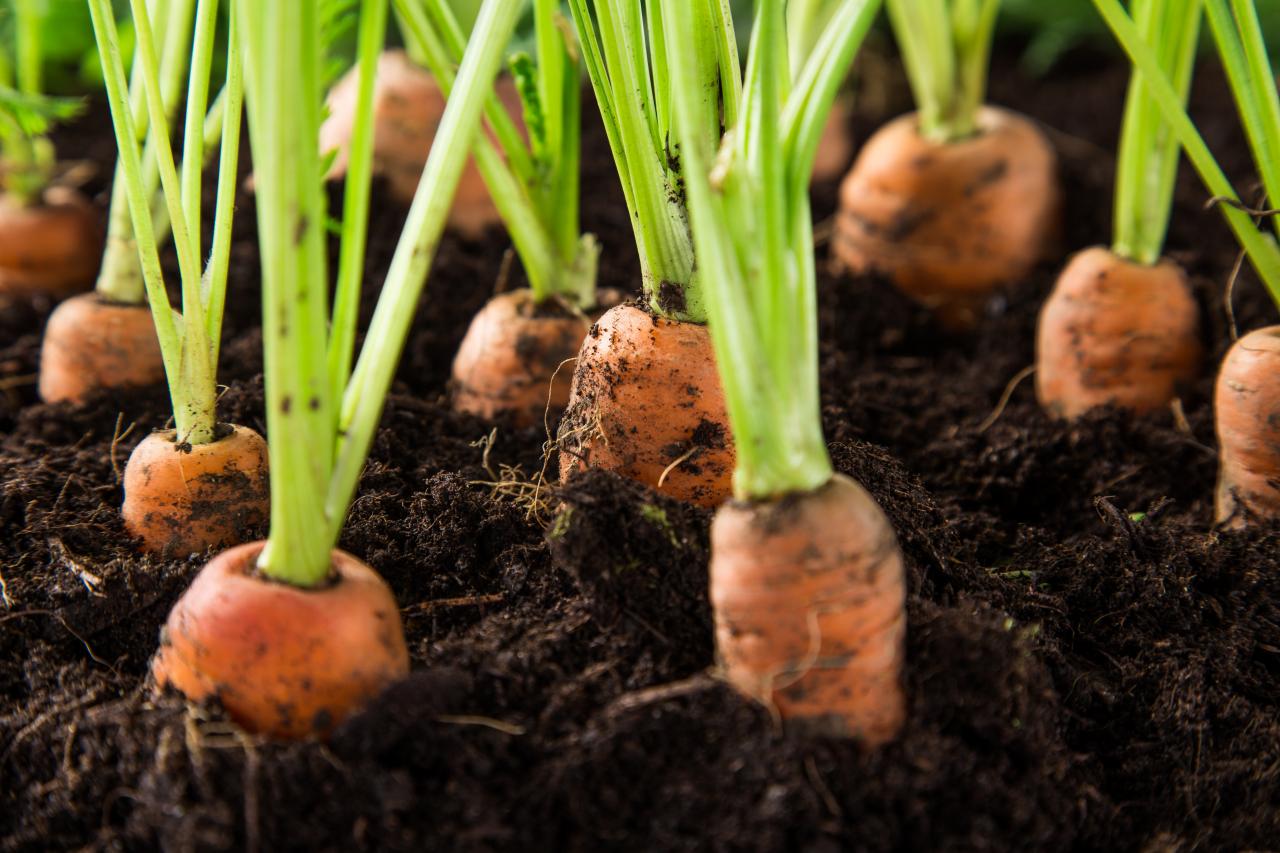
With carrots, you will have to consider that the substrate or the earth has to be very spongy and not contain stones inside. Once you sow the carrot and grow, first, what it does is an entirely vertical and deep root; this is the root that will have to grow fast and be a straight, rich and healthy carrot. If it encounters an obstacle on this root’s path, it will circumvent it, and you will get a crooked carrot. For this reason, it is not advisable to transplant carrots since the root can be deformed and not develop well.
#6. Leeks

Planting leeks is very similar to planting onions. Preferably they are sown in a seedbed, they will germinate after 12-15 days, and you will have to wait for them to reach the thickness of a pencil to transplant them without damaging the roots much. Once they start to grow, you will have to hunch them, that is, add soil as they become long and tall so that it does not get sunlight and thus have some very white and tender leeks in the harvest that you can do from the 5th month from sowing. You can collect them before if you prefer, they will be small but tasty.
#7. Parsley
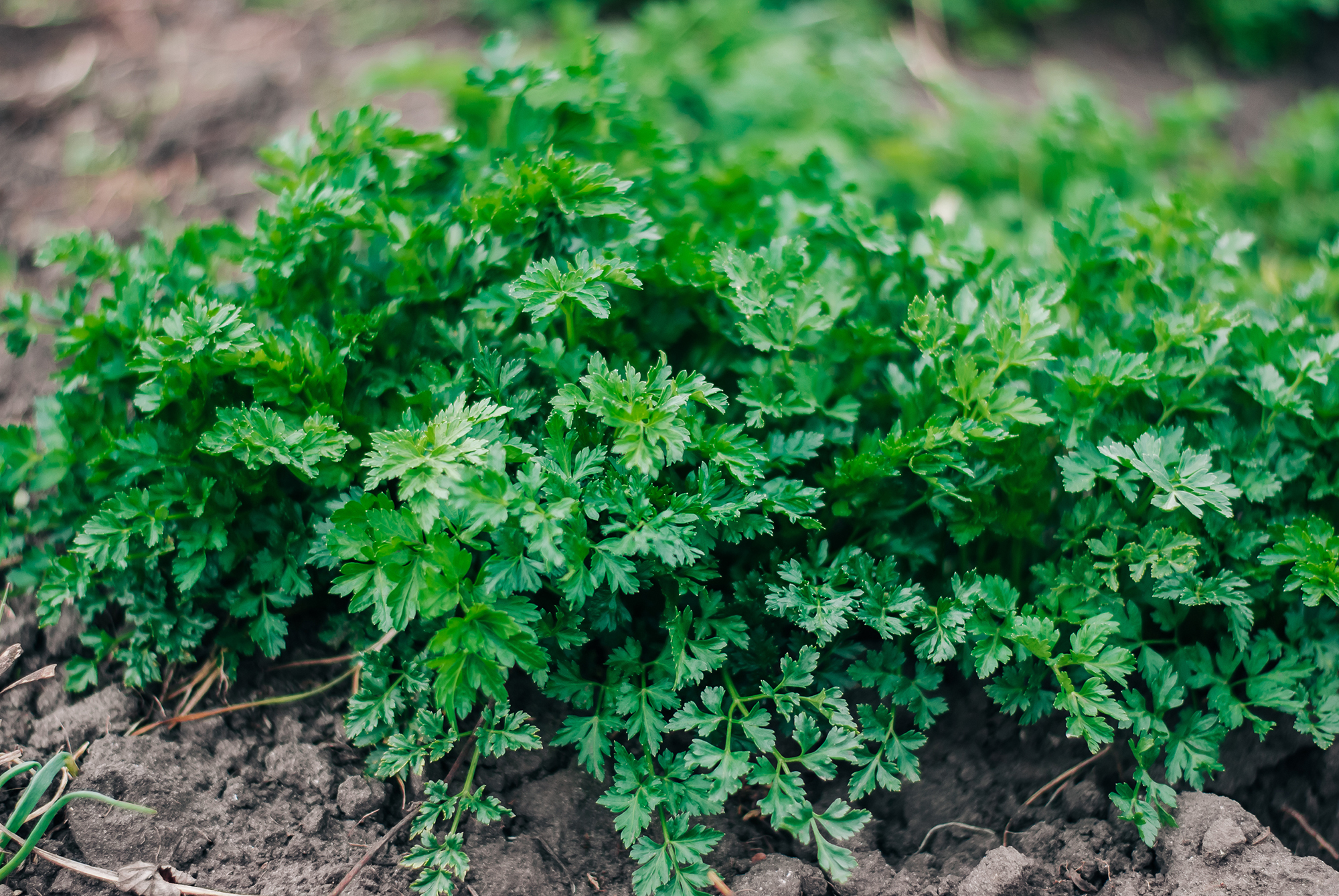
Parsley, the star floor of the kitchen…A little parsley plant in the kitchen window is essential to make good dishes with that fresh touch that freshly cut parsley brings. Parsley does not like much sun or much shade, but it does like a consistently moist substrate.
#8. Watercress

You can also enjoy watercress throughout the year. It is an annual plant widely used in raw cooking for salads, cooked in soups or even with grilled meat and fish. It is a very easy crop if you continually keep it moist. You can collect leaves as you need.
#9. Chervil

Chervil is often confused with parsley, but the taste is very different. Like parsley, this plant doesn’t need much sun and shade, and the substrate is always humid.
#10. Grass for Cats

If you are a lover of animals and especially cats, you can supplement their diet with this plant; they love it and enjoy it throughout the year. Many people also use it to supplement the diet of small dogs. Sow it, and when it is about 10 cm tall, you can eat the animal directly from the jar or pot. It contains mineral substances necessary for the digestion of animals and eliminates clumps of hair that cats swallow.
#11. Cactus and Crasas
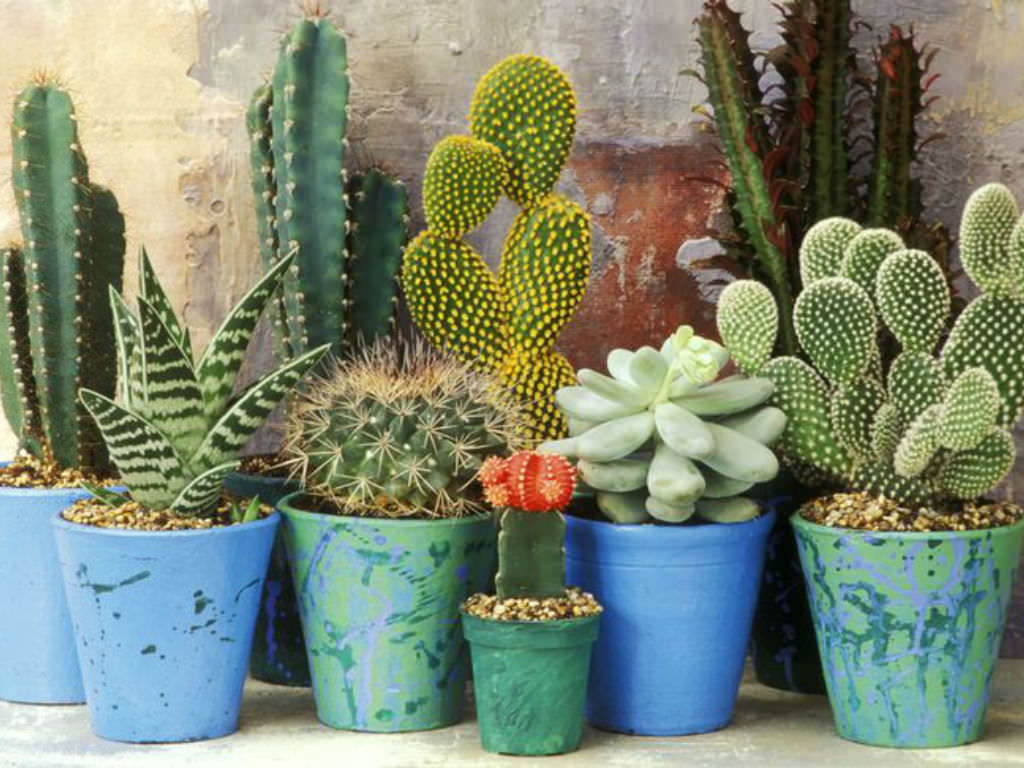
Some pretty cacti will always attractively decorate your house, window, balcony or garden throughout the year. Who does not like having a beautiful Aloe Vera on their patio and being able to enjoy the infinite properties it has. Some many cacti and succulents will bloom and give you a splash of colour.
Enjoy your garden!



